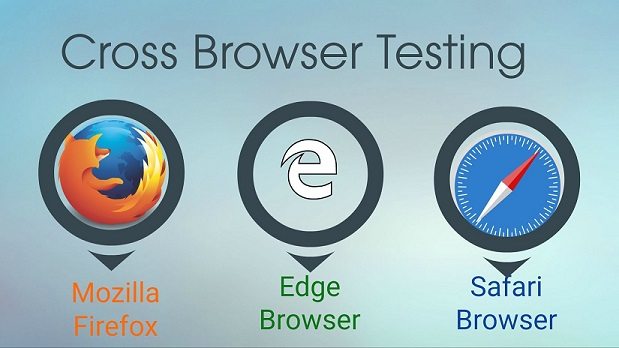Cross-browser Bafflements: Ensuring Compatibility Across Web Browsers

When developing modern websites and applications, achieving cross-browser compatibility is a crucial aspect to ensure the seamless functioning of your digital products. However, this seemingly straightforward task can often present significant challenges and complexities, particularly given the diverse array of web browsers and their respective rendering engines.

One of the primary challenges encountered while ensuring cross-browser compatibility is the variance in how different browsers interpret and execute HTML, CSS, and JavaScript code. Each browser employs a unique rendering engine, which is responsible for translating code into the visual representation that users experience. These engines often implement the web standards to varying degrees, leading to differences in the layout, appearance, and behavior of websites across different browsers.

Moreover, the dynamic nature of web development further compounds the complexities of cross-browser compatibility. As new browser versions emerge with updated rendering capabilities, developers must continuously adapt their code to accommodate these advancements. Additionally, the release of frequent security patches and updates for browsers can also introduce unforeseen changes that may break previously functional code, necessitating constant vigilance.
To effectively tackle these cross-browser compatibility bafflements, meticulous attention to detail is required throughout the development lifecycle. Developers must thoroughly test their code across multiple browsers and versions to pinpoint and resolve any incompatibilities. Comprehensive testing strategies involving both manual and automated testing methodologies help identify and address potential issues early on, preventing them from affecting the user experience in production environments.
Thorough documentation and communication are also essential to streamline cross-browser compatibility efforts. Developers should consult official browser documentation and resources to stay informed about the latest updates and changes. Additionally, fostering open communication channels within development teams facilitates knowledge-sharing and collaboration, enabling team members to learn from each other’s experiences and collectively navigate the challenges of cross-browser compatibility.
By meticulously following these principles, developers can effectively ensure the seamless and consistent rendering of their digital products across the vast web browser ecosystem. Achieving cross-browser compatibility not only enhances the user experience but also guarantees the long-term viability and accessibility of websites and applications.
